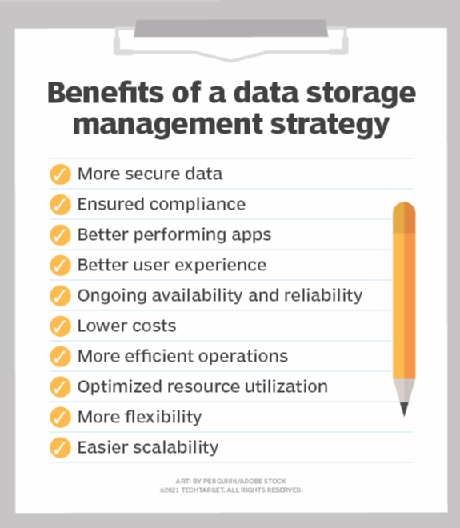

- #SIEM SECURITY INFORMATION EVENT MANAGEMENT HOW TO#
- #SIEM SECURITY INFORMATION EVENT MANAGEMENT FULL#
- #SIEM SECURITY INFORMATION EVENT MANAGEMENT SOFTWARE#
Attacks come in all shapes and sizes, and understanding their full scope is not just something that's “nice to have.” When you use incident and detection response effectively, you start your company on a path to streamlining more tasks through a better understanding of what policies are working and which ones might need some work, both now and in the future.Gartner defines the security and information event management (SIEM) market by the customer’s need to analyze event data in real time for early detection of targeted attacks and data breaches, and to collect, store, investigate and report on log data for incident response, forensics and regulatory compliance. But feeling overwhelmed can't stop you from taking action. It's a lot to remember, and a lot to take in. That’s why it’s important to continuously tune new and existing rules to effectively find only the relevant threat actions. A common problem with SIEM tools is that they produce too many un-prioritized alerts, more than the security team can take the time to investigate. As a security practitioner, you’ll need to constantly refine your SIEM to provide you with the important security events happening on your network. Alerts and reporting with your SIEM toolĪfter general setup, configuring your alerts and reports is key to being efficient with your SIEM. The end goal is to give you an easy way to search for threats from one unified dashboard. Managing logs usually involves indexing data and correlating it with other data sets. You as a security practitioner need the ability to ask questions of your data (usually using structured query language or SQL) to identify Indicators of Compromise (IoCs), find the users and systems affected, and share the final scope with remediation teams. Managing logs effectively with your SIEM tool is essential for network visibility, compliance, and reliable incident detection and response. Managing logs in a SIEM to ensure security and meet compliance For third-party analysis of SIEM tool features and vendors, check out the 2018 Gartner Magic Quadrant for SIEM. Finally, an ongoing step is to write rules to detect events of interest and create reports to highlight key metrics on overall network risk.
#SIEM SECURITY INFORMATION EVENT MANAGEMENT SOFTWARE#
You’ll also need to consider planning for hardware if a software as a service (SaaS) storage option isn’t offered by the vendor.

#SIEM SECURITY INFORMATION EVENT MANAGEMENT HOW TO#
The first step consists of understanding your existing network and security stack and figuring out how to collect log information from those points. Setting up SIEM tools is a complex task for even the most advanced security practitioner, but when done correctly, it can eliminate blind spots across your network. Here's a short checklist of what to look for in a SIEM solution : The more adaptive your solutions can be, the better the chances you won't have a public relations nightmare or financial crisis on your hands. You need a SIEM solution that can verify what needs follow-up and, just as important, what's harmless behavior. With a SIEM tool, your company may see billions of events each day, and that's a lot of information to sift through. Comprehensive analysis of all infrastructure.The most effective, automated solutions today include: As the security landscape has evolved, SIEMs have evolved as well (at least, some of them have). SIEM solutions have been around for the better part of two decades, and today’s modern SIEMs don’t quite resemble their original, log management counterparts. When deployed properly, a SIEM offers organizations the visibility they need to measurably reduce risk across the entire network to detect both known and unknown threats. If compliance reporting is an important driver, a SIEM should also be able to assist with dashboards and ensuring security policy is being enforced.

A SIEM’s job is to ingest data across your entire network (data collection), identify malicious behavior (analytics), and provide alerts to security and IT teams to give them the visibility and information to respond before the issue becomes serious (response). A modern SIEM needs three core capabilities-data collection, analytics, and response-to provide the security monitoring and visibility needed in today’s hybrid and multi-cloud environments.


 0 kommentar(er)
0 kommentar(er)
